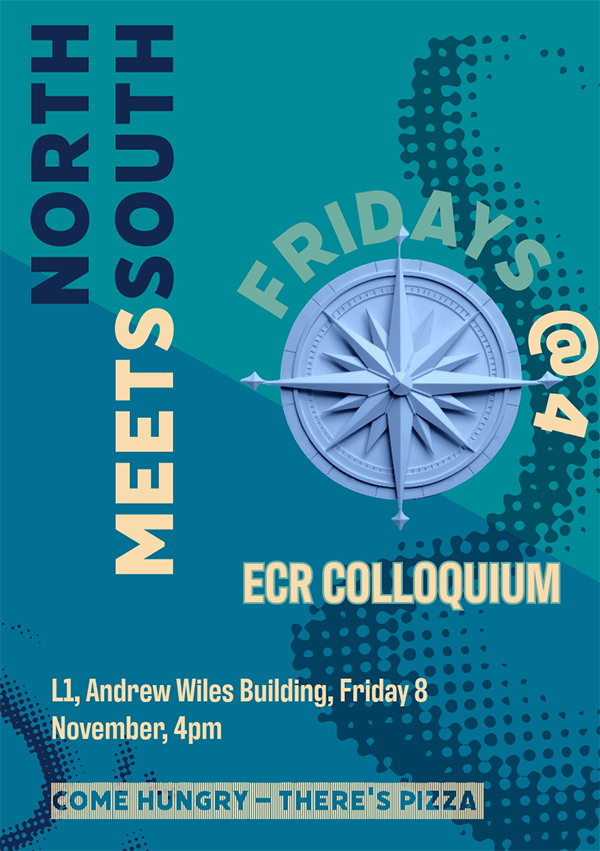The Elusive Singularity
I will describe the open problems of singularity formation in incompressible fluids. I will discuss a list of related models, some results, and some more open problems.
Date: Monday, 11 November 2024
Time: 5pm GMT
Peter Constantin is the John von Neumann Professor of Mathematics and Applied and Computational Mathematics at Princeton University. Peter Constantin received his B.A and M.A. summa cum laude from the University of Bucharest, Faculty of Mathematics and Mechanics. He obtained his Ph.D. from The Hebrew University of Jerusalem under the direction of Shmuel Agmon.
Constantin’s work is focused on the analysis of PDE and nonlocal models arising in statistical and nonlinear physics. Constantin worked on scattering for Schr¨odinger operators, on finite dimensional aspects of the dynamics of Navier-Stokes equations, on blow up for models of Euler equations. He introduced active scalars, and, with Jean-Claude Saut, local smoothing for general dispersive PDE. Constantin worked on singularity formation in fluid interfaces, on turbulence shell models, on upper bounds for turbulent transport, on the inviscid limit, on stochastic representation of Navier-Stokes equations, on the Onsager conjecture. He worked on critical nonlocal dissipative equations, on complex fluids, and on ionic diffusion in fluids.
Constantin has advised thirteen graduate students in mathematics, and served in the committee of seven graduate students in physics. He mentored twenty-five postdoctoral associates.
Constantin served as Chair of the Mathematics Department of the University of Chicago and as the Director of the Program in Applied and Computational Mathematics at Princeton University.
Constantin is a Fellow of the Institute of Physics, a SIAM Fellow, and Inaugural Fellow of the American Mathematical Society, a Fellow of the American Academy of Arts and Sciences and a member of the National Academy of Sciences


